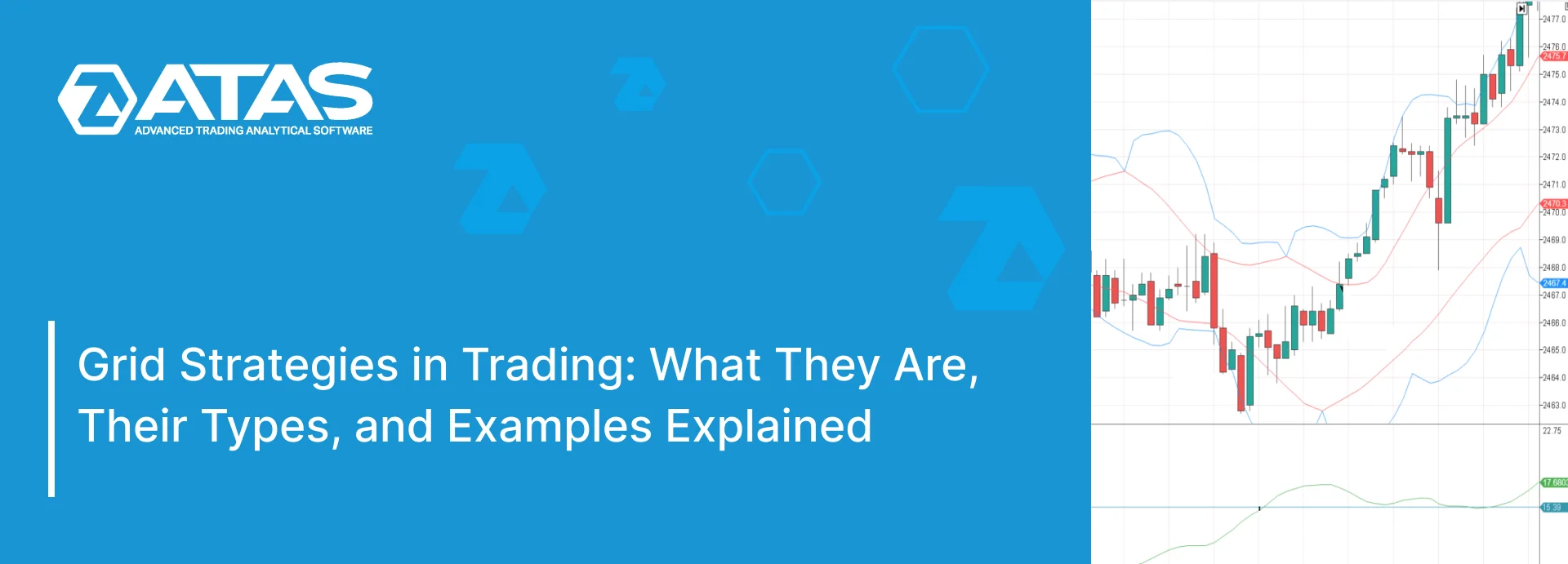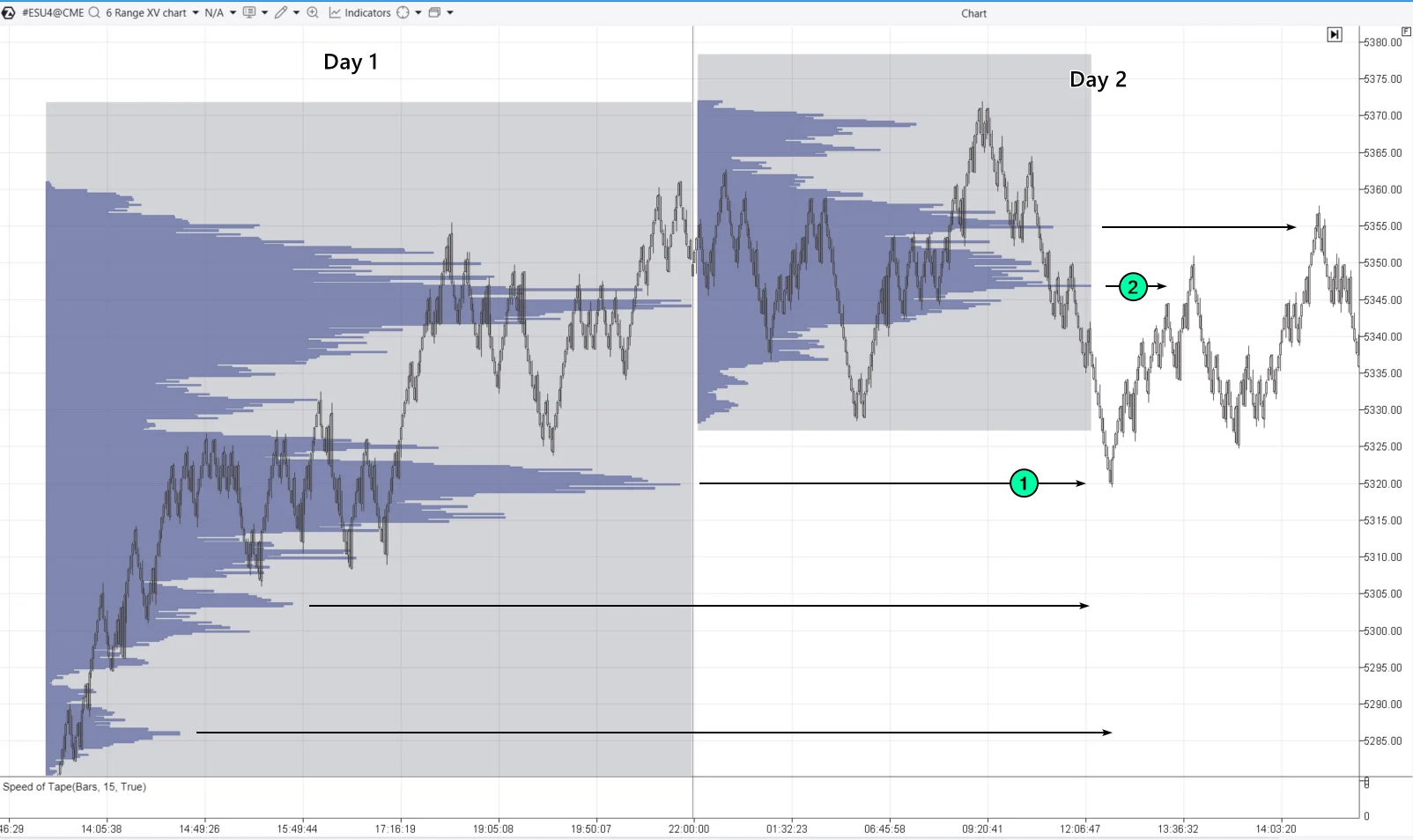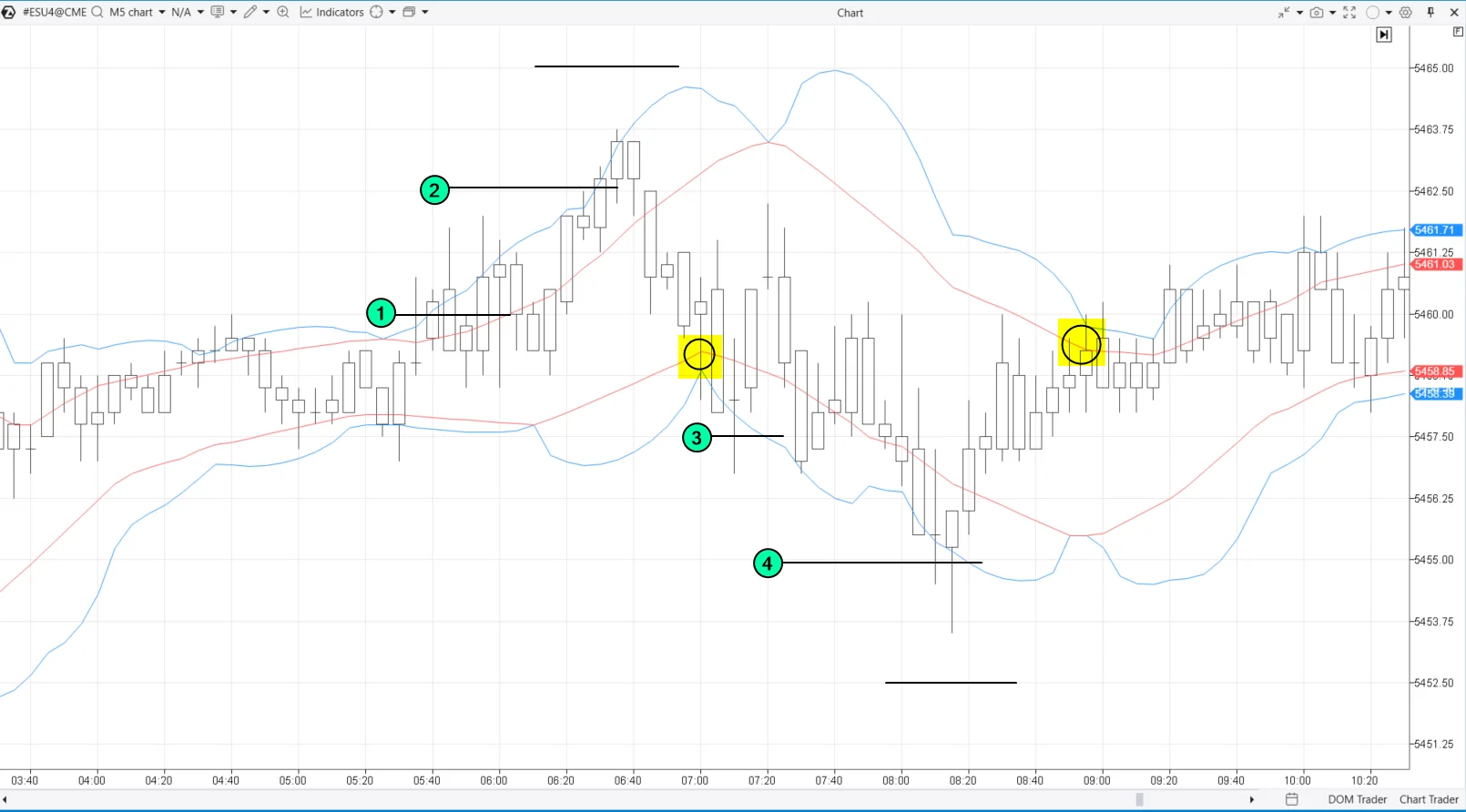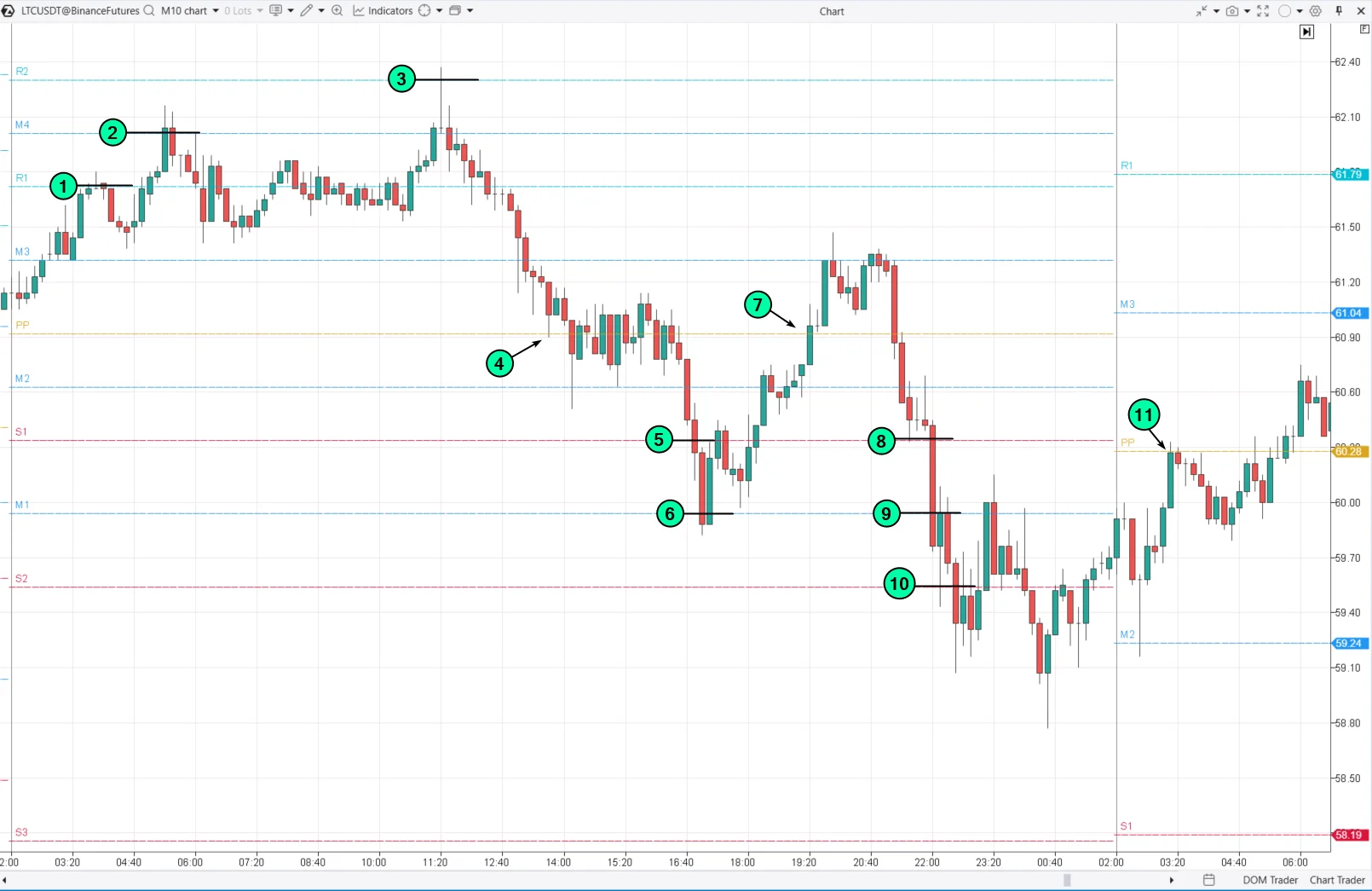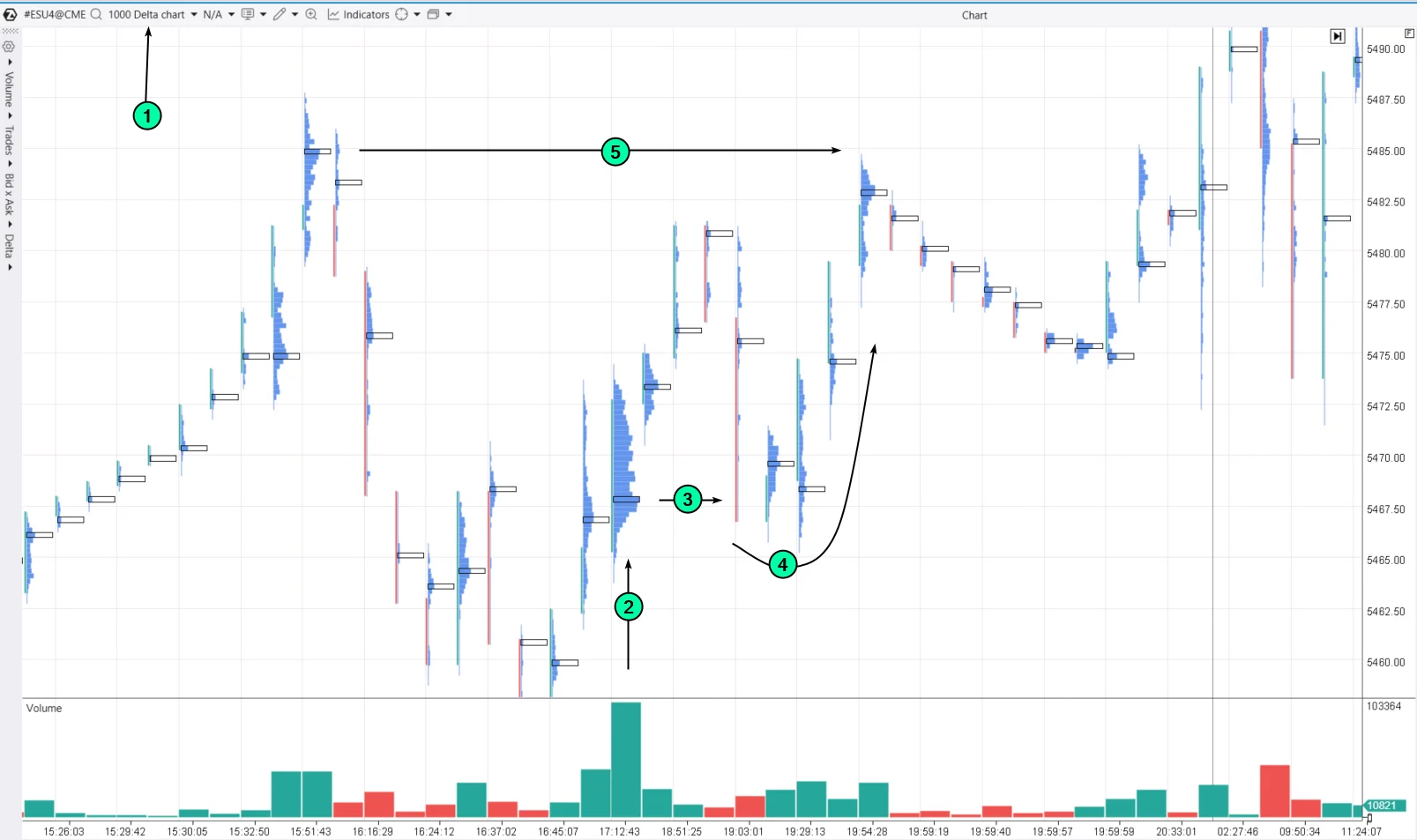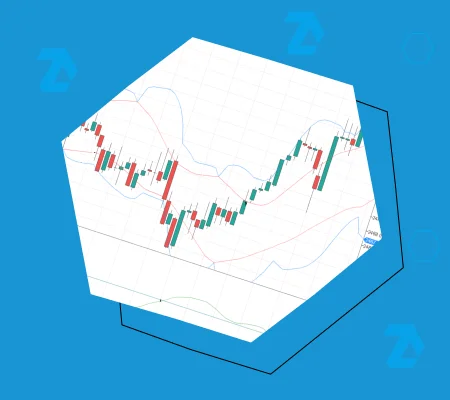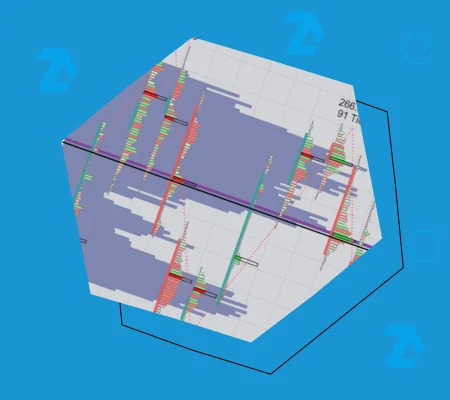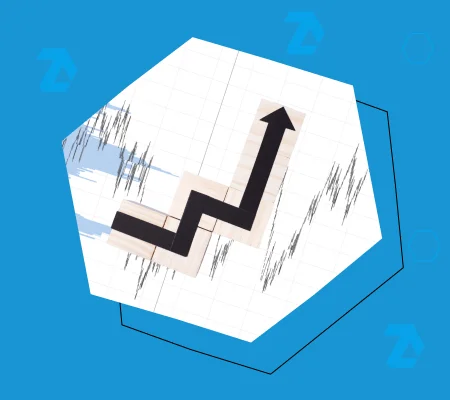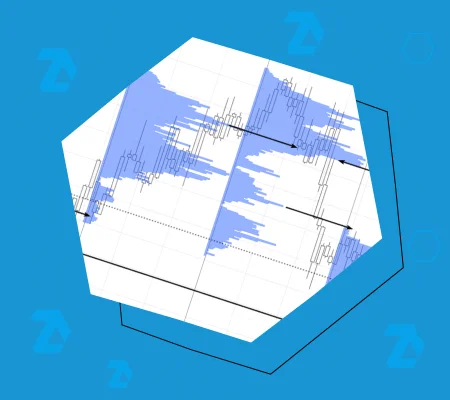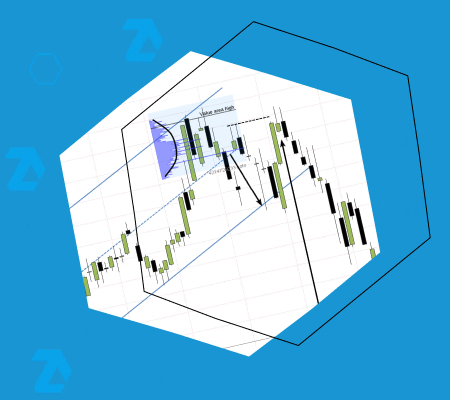When creating a grid trading strategy, there are many variations to consider, each with its unique approach:
✓ Static grid. The grid levels are fixed and do not change, no matter how the price moves.
✓ Dynamic or adaptive grid. The levels adjust based on price movements (or indicators), adapting to the market conditions.
✓ Proportional grid. The distance between levels changes proportionally with the asset’s price.
✓ Expanding grid. The distance between levels increases as the price moves further from the initial level.
✓ Constrained grid. Trading is limited to a narrow range. If the price moves outside this range, the grid may be reconfigured.
✓ Multi-level grid. The grid is divided into multiple layers, each with different parameters, offering more flexibility.
✓ Bi-directional grids. Often used in forex trading, where traders can open both long and short positions at the same time.
Using advanced indicators, like market profiles, can add even more flexibility. For example, you can set grid levels based on significant peaks in the market profile.

